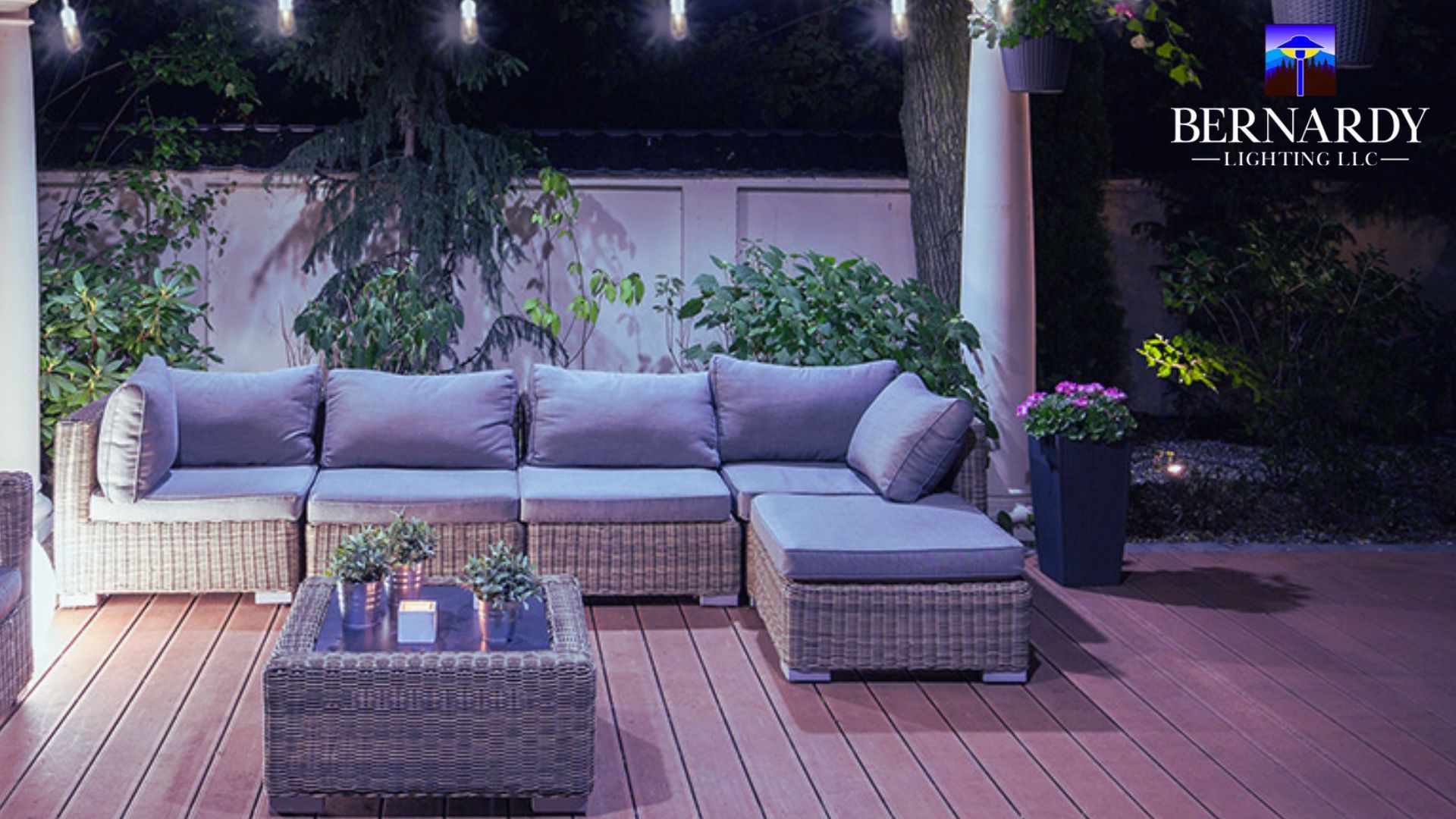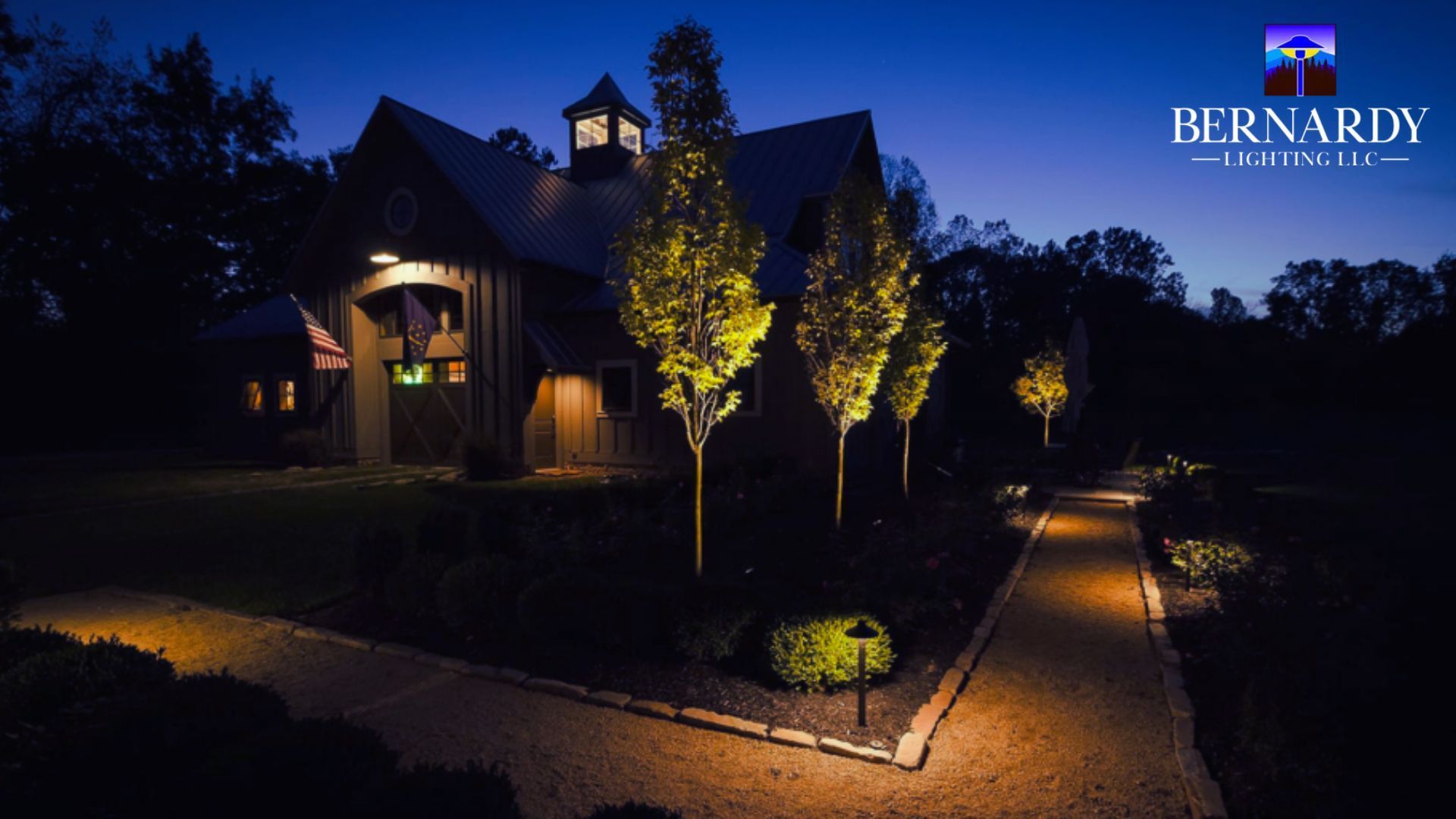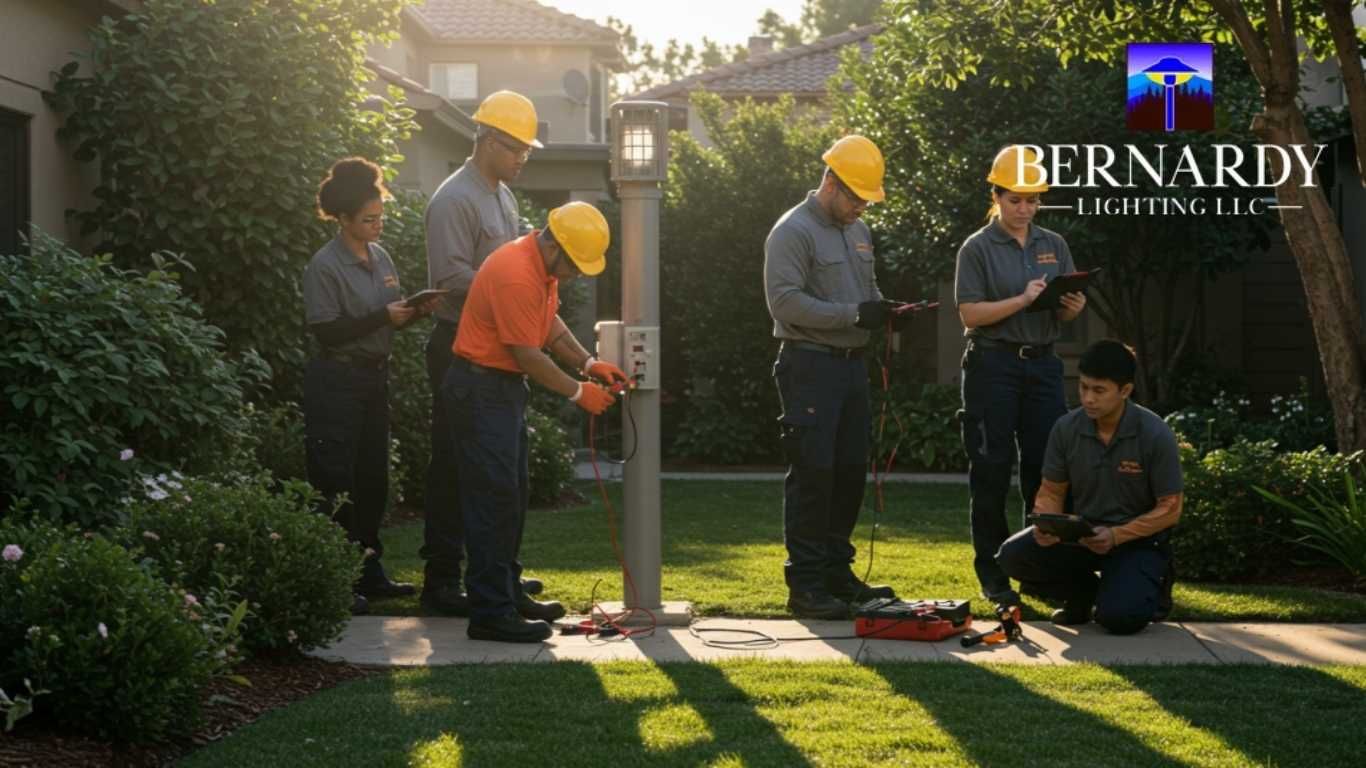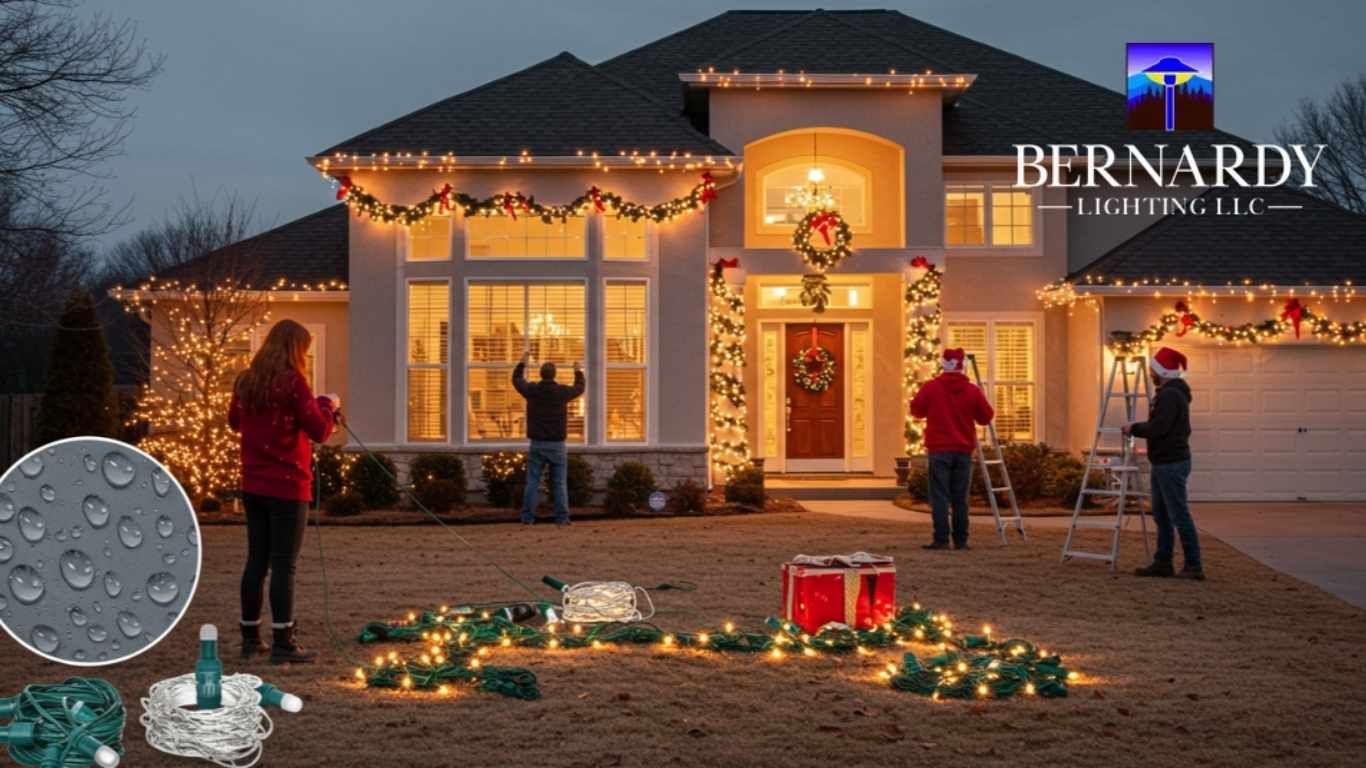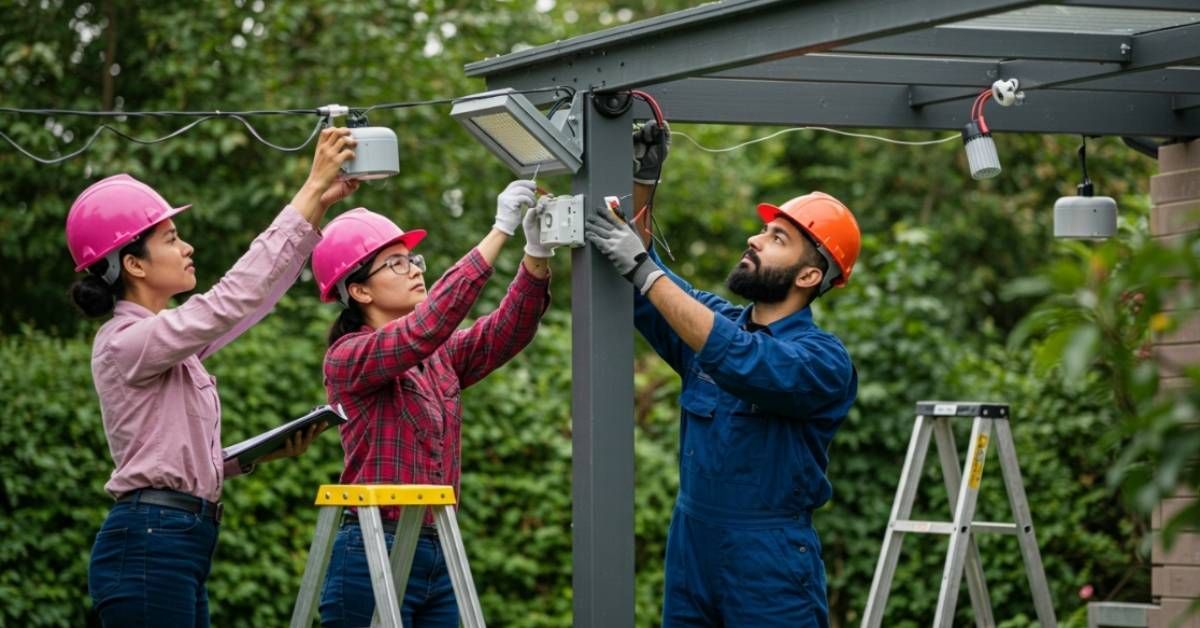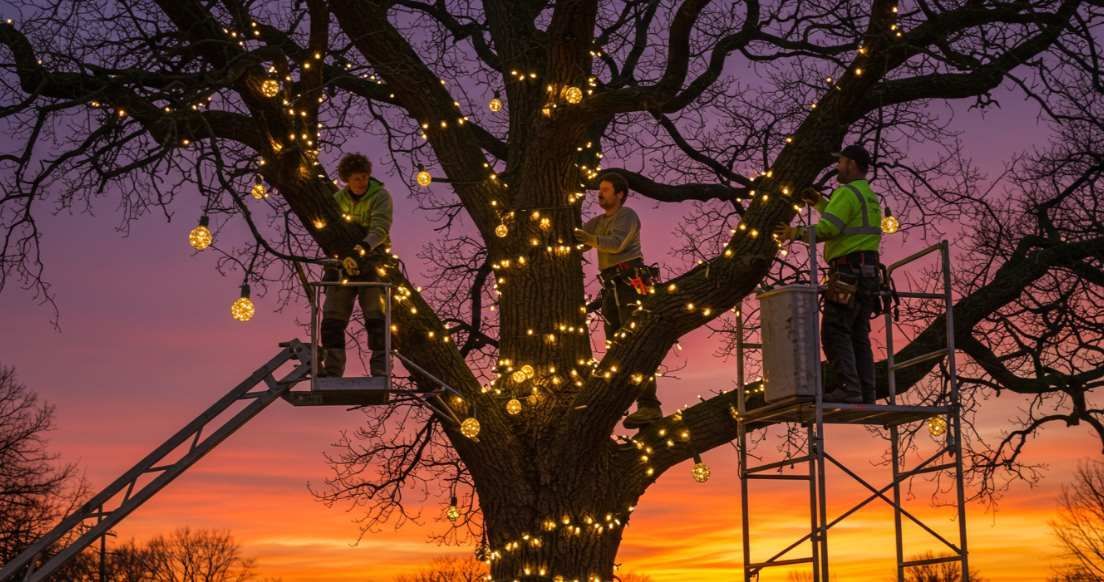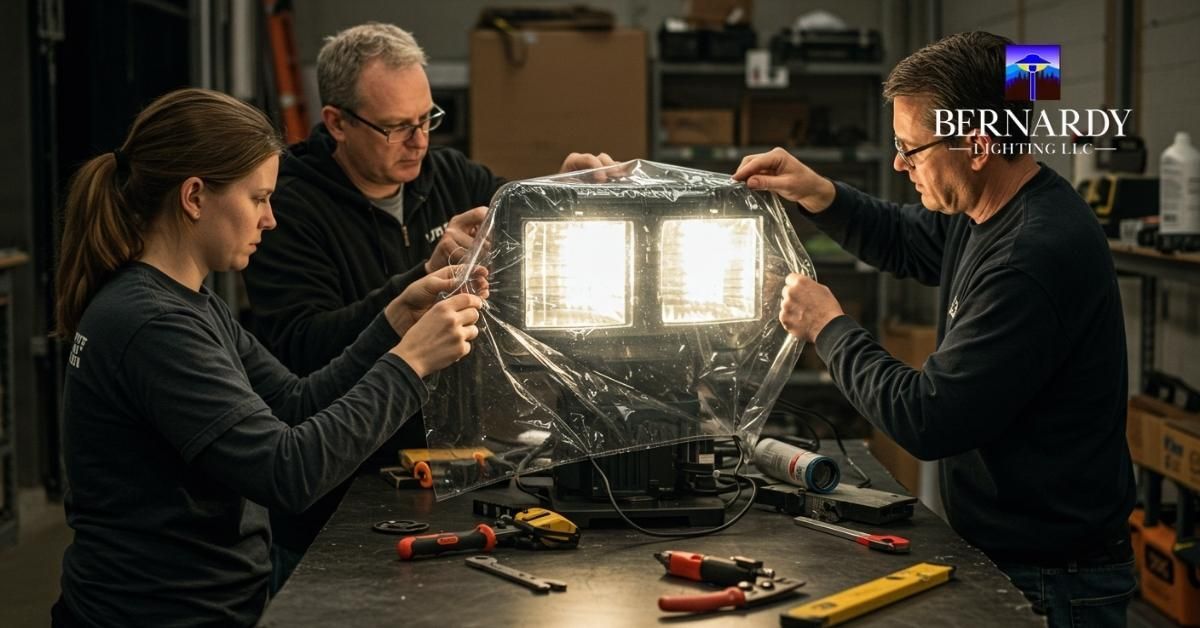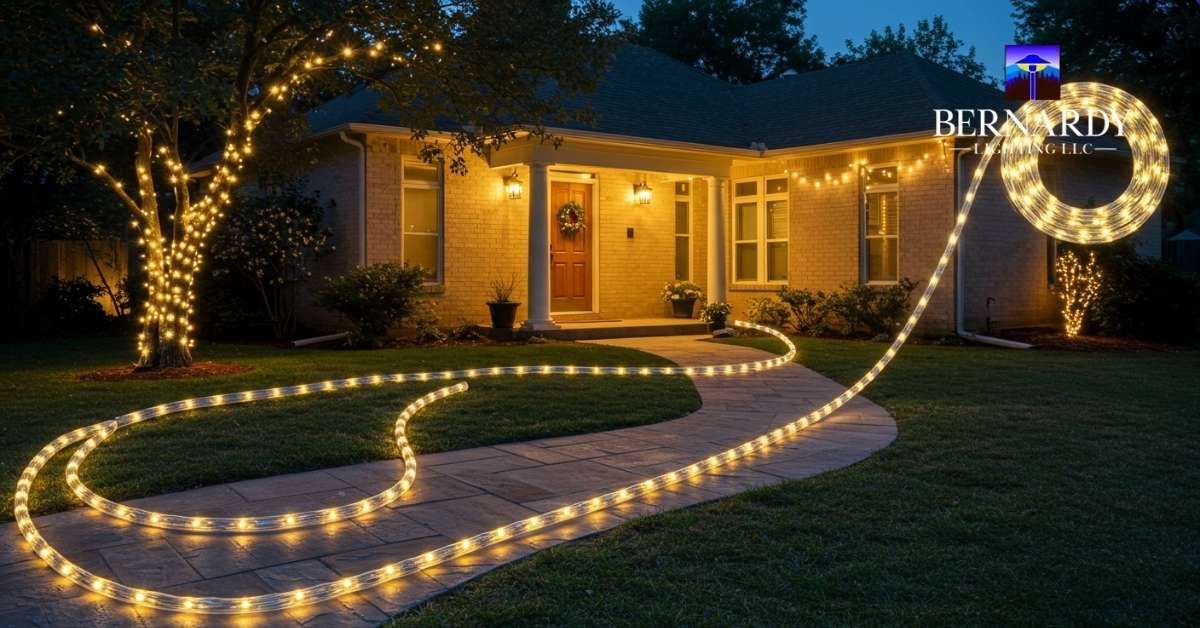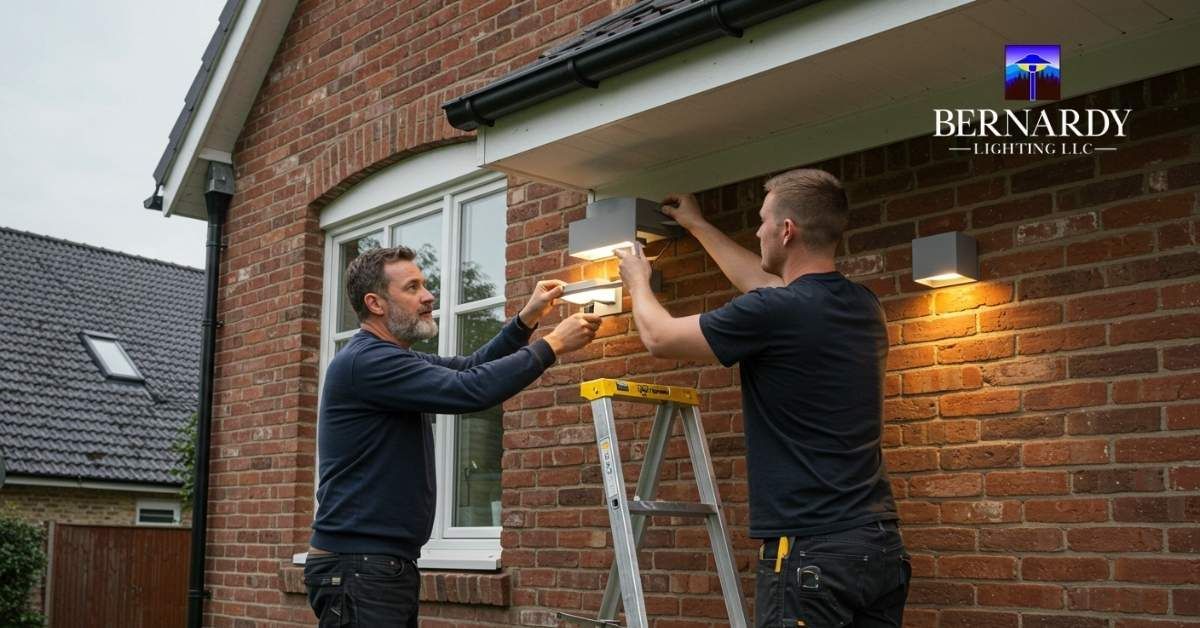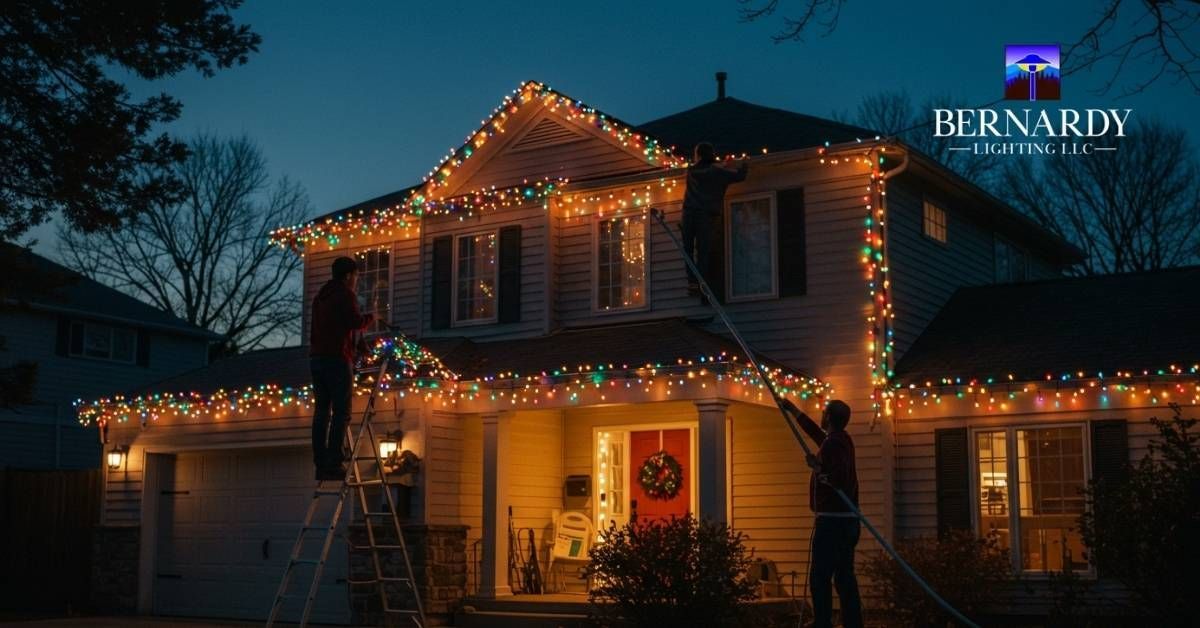How Many Lumens Do I Need For Outdoor Lighting
Choosing the right amount of lumens for your outdoor lighting is crucial for creating a well-lit, safe, and aesthetically pleasing environment. Outdoor lighting serves multiple purposes from enhancing the beauty of your landscape to ensuring safety and security around your home. Whether you’re illuminating pathways, highlighting architectural features, or installing security lights, understanding how many lumens you need can make a significant difference in achieving the desired effect. Lumens measure the brightness of light, and selecting the correct level ensures that your outdoor spaces are effectively lit without being overpowering or too dim.
With advancements in lighting technology, particularly with LED lighting, it’s now easier to achieve optimal brightness with lower energy consumption. This guide will help you navigate the different lumen requirements for various outdoor lighting applications, ensuring your lighting plan is both efficient and effective.
For effective outdoor lighting, you generally need 100-200 lumens for path lights, 700-1300 lumens for floodlights, and 200-400 lumens for pool lighting to ensure adequate illumination and safety.
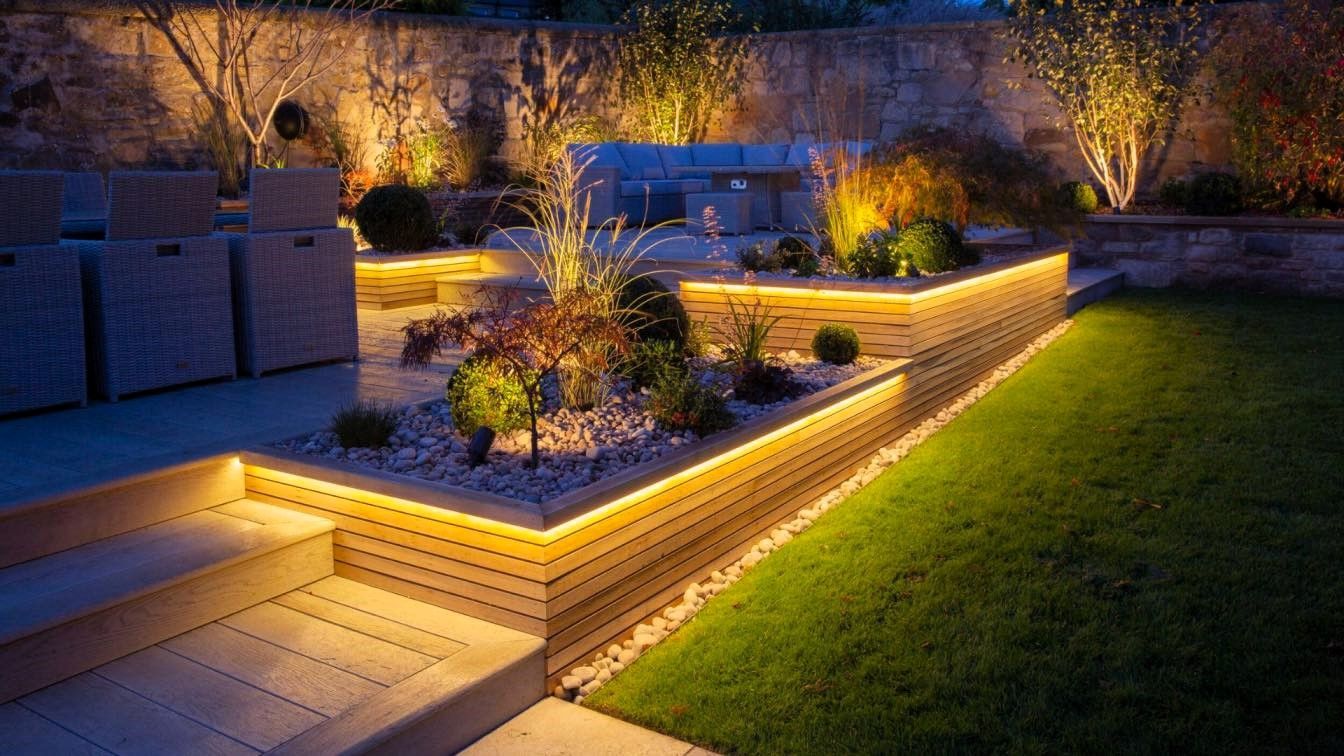
Understanding Lumens
Lumens are a key measurement in determining the brightness of a light source. Unlike watts, which measure energy consumption, lumens measure the amount of visible light a bulb or fixture produces. The higher the lumen count, the brighter the light. With the shift from traditional incandescent bulbs to more energy-efficient LED lighting, understanding lumens has become more important. For example, an LED bulb that uses 10 watts might produce the same amount of light as a 43-watt incandescent bulb, thanks to its higher lumen output. This efficiency makes LED lights a popular choice for outdoor lighting.
Lumen Requirements by Outdoor Lighting Type
Different outdoor lighting applications require varying levels of brightness to achieve their intended effect:
- Path Lights: Path lighting is both decorative and functional, guiding people around your outdoor space while enhancing its visual appeal. For path lights, you should aim for 100-200 lumens per fixture. This range provides enough light to clearly illuminate walkways without being too overpowering.
- Floodlights: Floodlights are used to illuminate large areas and can serve as security lighting. They should be bright enough to mimic daylight and deter potential intruders. Typically, floodlights require between 700-1300 lumens to provide sufficient coverage.
- Step Lights: Step lighting is essential for safety, illuminating small areas to prevent trips and falls. These lights generally need 12-100 lumens, depending on the height and width of the steps. Properly placed step lights help ensure safe passage at night.
- Motion Sensor Lights: Motion sensor lights activate when movement is detected, making them ideal for security purposes. These lights should emit 300-700 lumens to effectively illuminate the area and alert homeowners to any activity.
- Pool and Pond Lights: Pool lighting adds ambiance and safety, particularly during nighttime swims. For pool or pond lights, 200-400 lumens is usually sufficient to create a pleasant atmosphere without overwhelming the space.
- Hardscape Lights: Installed on walls or other architectural features, hardscape lights typically require 50-185 lumens to highlight textures and enhance the visual appeal of your outdoor structures.
- Landscape Spotlights: When highlighting specific landscape features such as trees or statues, landscape spotlights generally need 50-300 lumens. This range allows for both subtle and dramatic effects, depending on the focal point.
Choosing the Right Bulbs: LED vs. CFL
When selecting bulbs for outdoor lighting, homeowners typically choose between LED (Light Emitting Diodes) and CFL (Compact Fluorescent Light) bulbs. While both have their benefits, LEDs are generally the preferred option for outdoor use due to their efficiency, durability, and performance in various weather conditions.
- LEDs: LEDs do not use fragile filaments, making them more durable and better suited for outdoor environments. They produce high lumens with low energy consumption and have a longer lifespan compared to CFLs. Additionally, LEDs perform well in both hot and cold temperatures, maintaining their brightness instantly upon activation.
- CFLs: CFLs use an electrical current to heat a filament inside the bulb, which then produces light. However, CFLs are sensitive to temperature extremes, which can shorten their lifespan and cause delays in reaching full brightness. Although they are generally cheaper to purchase upfront, their operational costs and durability do not match those of LEDs.
Other Considerations
- Lux: Lux measures the amount of light per square meter, indicating how much area a light source can illuminate. Understanding lux can help determine the number of bulbs needed to cover a particular area effectively.
- Wattage: Wattage measures the amount of electricity a light bulb consumes. With LED lights, you can achieve high lumen output with lower wattage, resulting in cost savings on your energy bill. However, if you have many outdoor lights, you may need to consider the overall wattage demand and whether additional circuits are necessary.
Conclusion
Selecting the right amount of lumens for your outdoor lighting is essential for achieving the perfect balance of brightness, safety, and aesthetic appeal. By understanding the specific lumen requirements for various outdoor lighting types, you can create a well-lit outdoor space that meets your needs. Whether you’re choosing path lights, floodlights, or pool lights, opt for LED lighting to ensure energy efficiency and long-lasting performance.
FAQ's How Many Lumens Do I Need For Outdoor Lighting
Q1: What is the best type of lighting for pathways?
For pathway lighting, LED lights with a lumen output of 100-200 lumens per fixture are ideal. This range provides sufficient illumination for safe navigation while enhancing the aesthetic appeal of the walkway. LED lights are also energy-efficient and durable, making them a popular choice for outdoor use.
Q2: How do I avoid voltage drop in my landscape lighting system?
To avoid voltage drop, which can cause lights to dim, use the correct gauge of wire based on the distance of the run. Thicker wires, such as 12-gauge or 10-gauge, are recommended for longer runs to maintain consistent brightness. Additionally, consider using a combination wiring method to ensure even distribution of power across all fixtures.
Q3: Can I use solar lights for my outdoor lighting?
Yes, solar lights are an eco-friendly option for outdoor lighting. They are easy to install and do not require wiring, making them a convenient choice for garden paths and accent lighting. However, they may not provide the same brightness as wired LED lights and can be less reliable in shaded areas or during cloudy weather.
Q4: How many lumens do I need for outdoor security lighting?
For outdoor security lighting, such as floodlights or motion sensor lights, you should aim for 700-1300 lumens. This range provides enough brightness to illuminate large areas and deter potential intruders. Motion sensor lights with 300-700 lumens are also effective for detecting movement and alerting homeowners to activity around the property.
Q5: How can I determine the number of lights needed for a specific area?
To determine the number of lights needed for a specific area, consider the lux, which measures the amount of light per square meter. Assess the size of the area and the desired brightness level to calculate the total lumen output required. Divide the total lumen output by the lumen output of individual bulbs to determine the number of fixtures needed.

